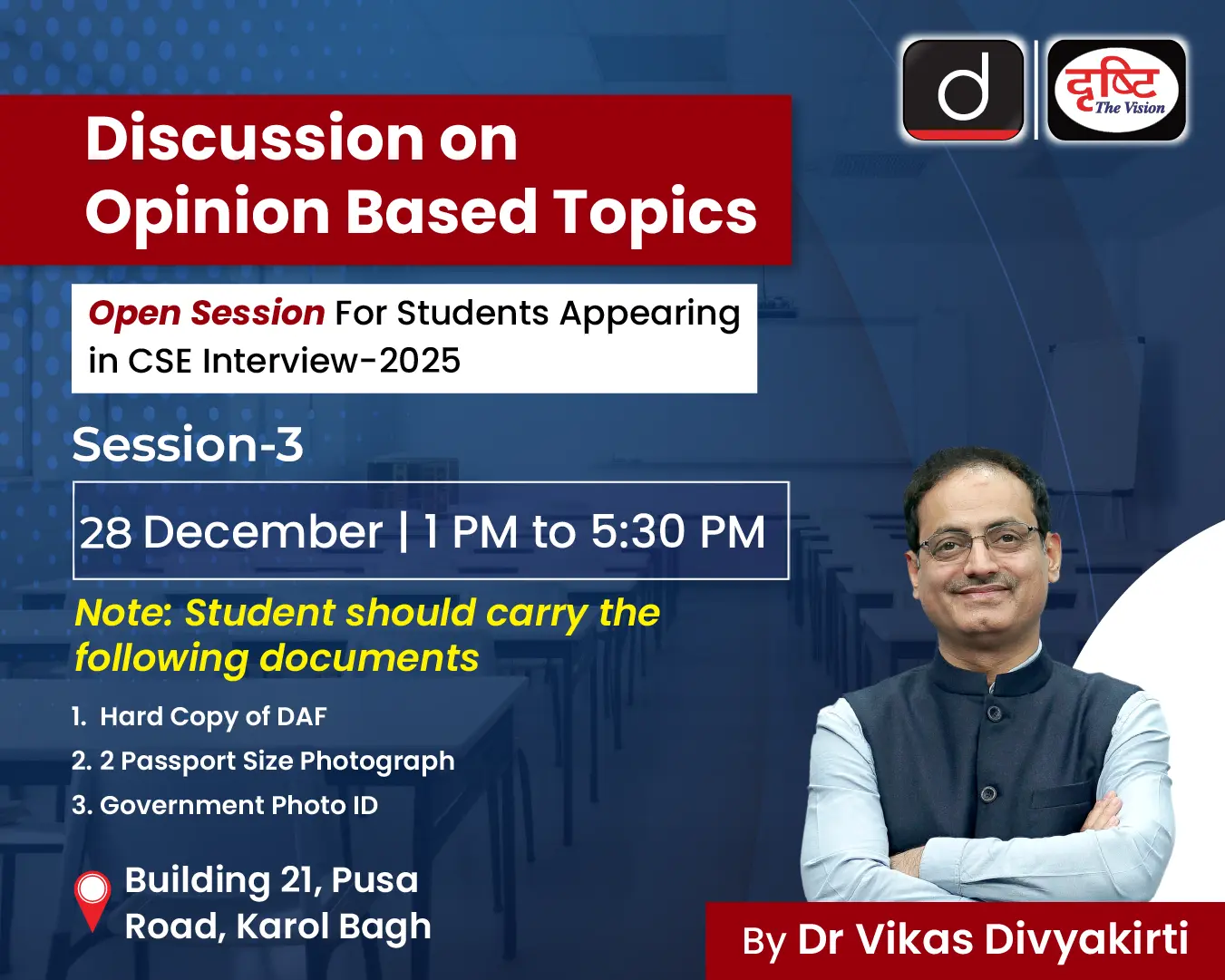-
Q. As a panacea to the growing energy needs of India, discuss the relevance of One Sun One World One Grid plan.
05 Aug, 2020 GS Paper 3 Science & Technology
(250 words)Approach
- Introduce by explaining the growing energy needs of India.
- Discuss the One Sun One World One Grid (OSOWOG) plan and illustrate the significance of this initiative.
- Also, discuss the challenges associated with the OSOWOG plan.
- Conclude the answer by providing a way forward.
Introduction
- India’s energy demand is projected to grow by 4.2% in coming years, an expansion faster than all major economies of the world.
- Also, India currently relies on some $US250 billion of fossil fuel imports a year (oil, diesel, LNG, coking and thermal coal).
- In this backdrop, the Government of India has called for bids to roll-out the ‘One Sun One World One Grid’ (OSOWOG) plan.
Body
One Sun One World One Grid (OSOWOG) Plan
- The vision behind the OSOWOG is ‘The Sun Never Sets’ and is a constant at some geographical location, globally, at any given point of time.
- It has been taken up under the technical assistance program of the World Bank.
- The plan may also leverage the International Solar Alliance (ISA), co-founded by India and France.
- With India in the middle, the solar spectrum can easily be divided into two broad zones, which are:
1. Far East including countries like Myanmar, Vietnam, Thailand, Lao, Cambodia etc.
2. Far West covering the Middle East and the Africa Region.
- The plan is supposed to be completed in three Phases:
1. First Phase: It deals with the establishment of Middle East, South Asia and South-East Asia (MESASEA) interconnection.
2. Second Phase: It deals with the MESASEA grid getting interconnected with the African power pools.
3. Third Phase: It is about global interconnection.
Significance of OSOWOG
- Climate Mitigation: OSOWOG assumes more importance in backdrop of the USA’s withdrawal from the Paris climate deal.
- It will help to mitigate ill effects on climate by providing clean and renewable energy sources.
- Further, enabling member countries to fulfill their Nationally Determined Contributions (NDCs) towards reducing global warming.
- Increased integration and efficiency: The proposed integration would lead to reduced project costs, higher efficiencies and increased asset utilization for all the participating entities.
- Bridging Current Account Deficit: As India is currently importing around $250 billion of fossil fuel annually, OSOWOG can help India meet its needs and subsequently promote sustainable renewable energy exports and may improve the current account deficit and reduce imported inflation pressures.
- It will help all the participating entities (esp developing and least developed countries) in attracting investments in renewable energy sources as well as utilizing skills, technology and finances.
- Resulting economic benefits from OSOWOG would positively impact poverty alleviation and support in mitigating water, sanitation, food and other socio-economic challenges.
- It will allow national renewable energy management centres in India to grow as regional and global management centres.
- This move, during the time of the Covid-19 pandemic, gives India the opportunity to be seen as taking a lead in evolving global strategies.
Challenges Associated With the OSOWOG
- Easy Installation of Microgrids: Large capital expenditures are no longer necessary, as anyone can install rooftop solar or set up a microgrid (“distributed generation”).
- Vulnerability of Grids: The Grid is vulnerable to accidents, weather, and cyber-attacks that are prone to increase and disrupt the electricity supply on mass scale.
- Transmission Losses: Solar generation is at even lower than 20% efficiency, in addition there will be major transmission losses on such scale.
- Dependency on China: India is dependent on Chinese imports for solar equipment, such as solar cells, panels, etc.
- Problem with Interconnectedness: This project’s success hinges on trust, not just transmission lines between grid participants. The trust sometimes becomes difficult to achieve between the two neighbouring countries.
- Interconnected grids give countries the power to bring other economies to a grinding halt; this is the single biggest hurdle to integration.
Conclusion
The move is the key to future renewable-based energy systems globally because regional and international interconnected green grids can enable sharing and balancing of renewable energy across international borders.
To get PDF version, Please click on "Print PDF" button.
Print PDF





